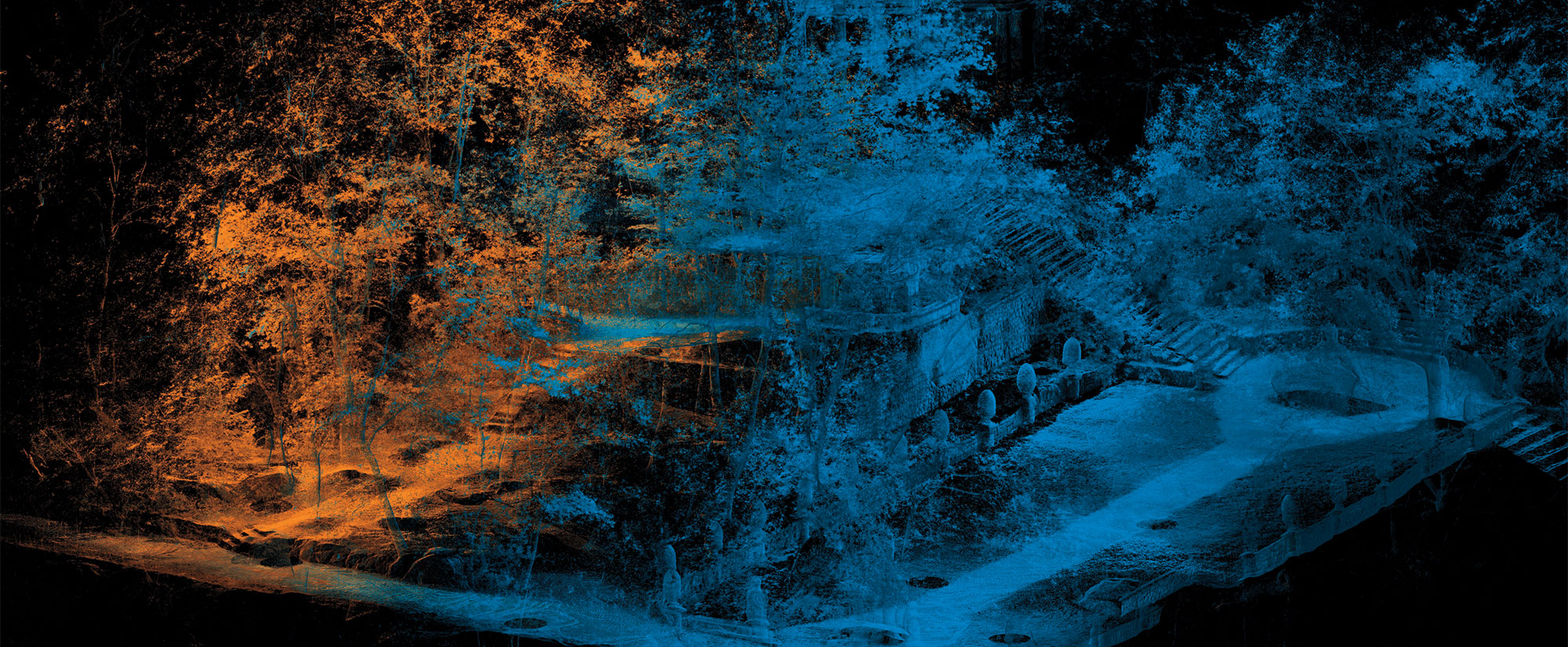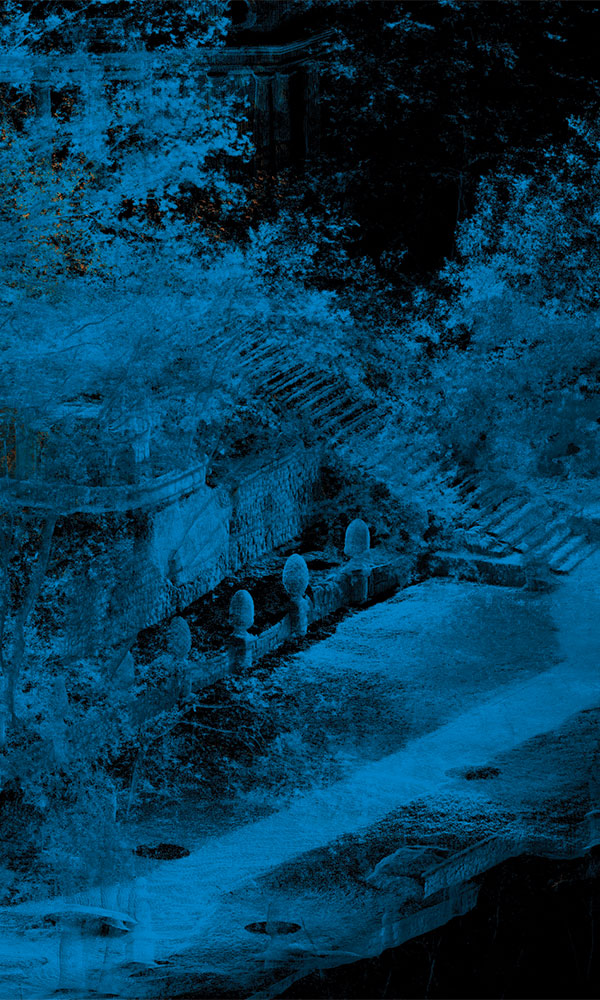PARIS, FRANCE—When Napoleon marched his Grand Army of 600,000 troops into Russia in 1812, he commanded one of the largest fighting forces the world had ever seen. Just months later, only a fraction remained, with some estimates putting the number as low as 50,000 men. Historians have long blamed the French general’s disastrous retreat through the Russian winter, as the cold, starvation, and disease caused immeasurable loss of life. Typhus and trench fever have been traditionally considered as the major contributors to the death toll. However, according to a report by ZME Science, a new DNA study suggests that it was two lesser-known illnesses that may have seriously ravaged the ranks. Researchers from Paris Cité University's Institut Pasteur and other partner institutions extracted DNA from 13 teeth belonging to French soldiers from Napoleon's army who had been buried in a mass grave in Vilnius, Lithuania. Surprisingly, they did not detect any microbes linked with typhus and trench fever, but instead identified genetic signatures for paratyphoid fever—a gastrointestinal infection spread through contaminated food or water—and relapsing fever, which is transmitted by lice. The study's authors stated that although these two illnesses may not have necessarily been fatal, they could have significantly weakened an already exhausted individual. For more on the archaeology of Napoleon's retreat from Russia, go to "The Grand Army Diet."
New DNA Analysis Reveals Maladies That Ravaged Napoleon's Troops
News August 8, 2025
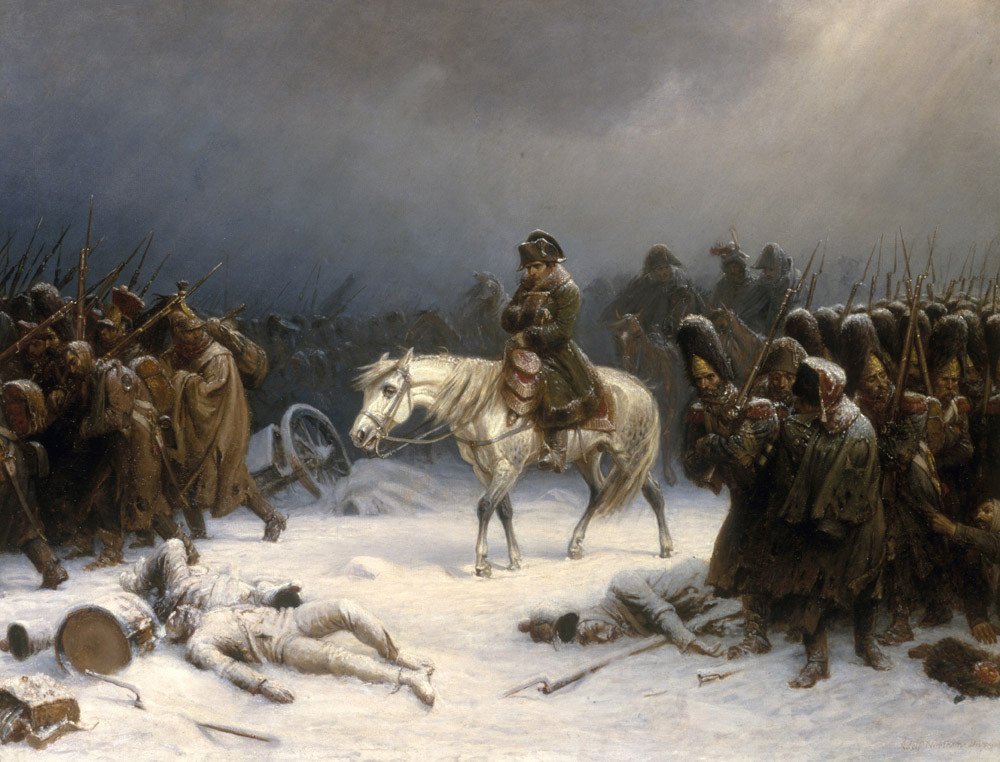
Recommended Articles
Digs & Discoveries July/August 2012
What Ailed the Iceman?
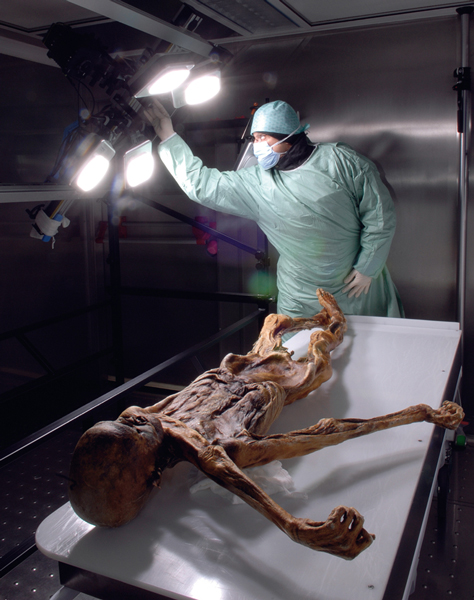
Digs & Discoveries May/June 2012
The Persistence of Brucellosis
The skeletal remains of two adolescent males found at Butrint, a Roman colony in Albania, indicate that both suffered from fatal cases of brucellosis. The chronic respiratory disease, which is typically contracted from contaminated meat or dairy products, today affects roughly 500,000 people per year worldwide.
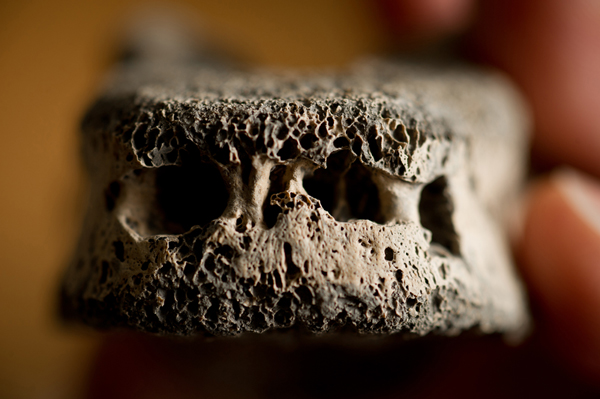
Off the Grid September/October 2025
Necropolis of Pantalica, Italy
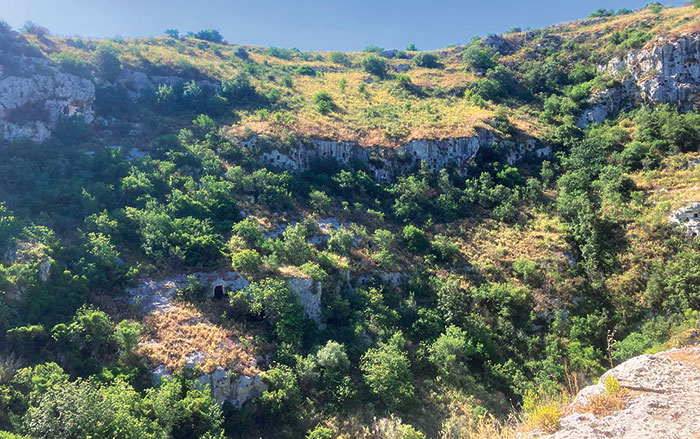
Artifacts September/October 2025
Anglo-Saxon Coin
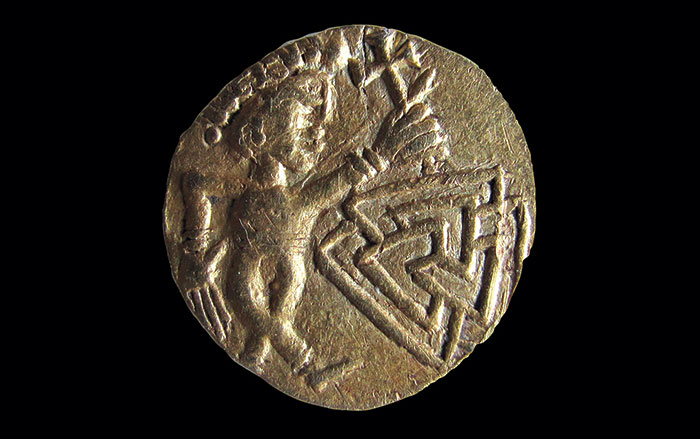
-
Features July/August 2025
Setting Sail for Valhalla
Vikings staged elaborate spectacles to usher their rulers into the afterlife
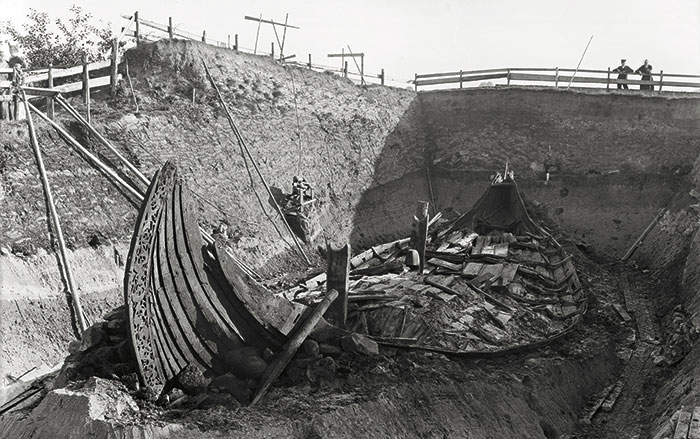 Museum of the Viking Age, University of Oslo
Museum of the Viking Age, University of Oslo -
Features July/August 2025
The Home of the Weather God
In northern Anatolia, archaeologists have discovered the source of Hittite royal power
 Tolga İldun
Tolga İldun -
Features July/August 2025
In Search of Lost Pharaohs
Anubis Mountain conceals the tombs of an obscure Egyptian dynasty
 Photos by Josef W. Wegner for the Penn Museum
Photos by Josef W. Wegner for the Penn Museum -
Features July/August 2025
Birds of a Feather
Intriguing rock art in the Four Corners reveals how the Basketmaker people drew inspiration from ducks 1,500 years ago
 Courtesy John Pitts
Courtesy John Pitts


